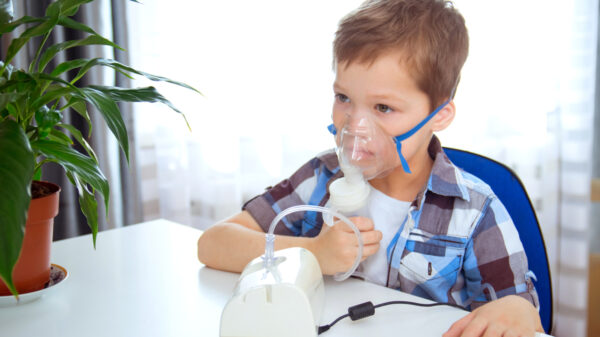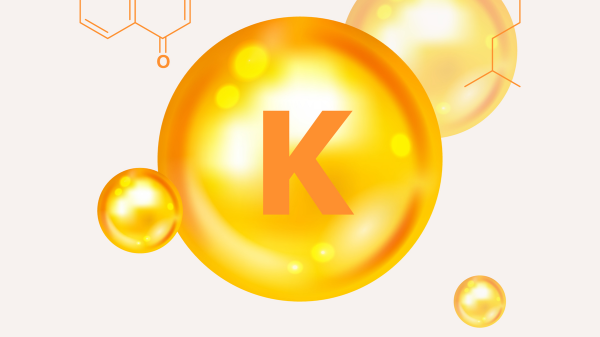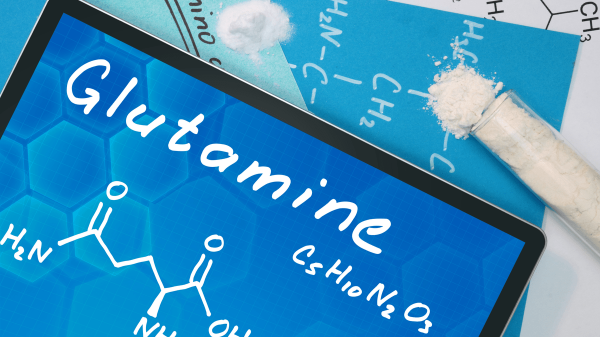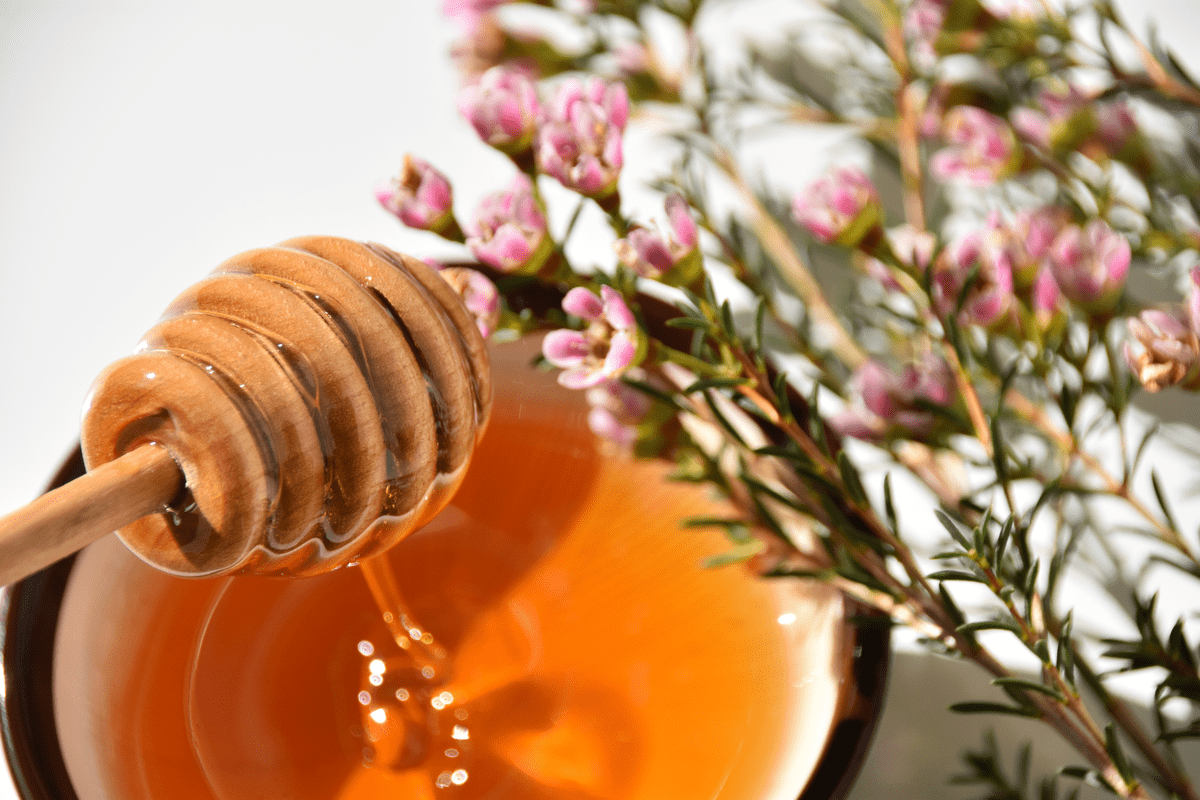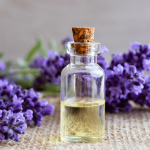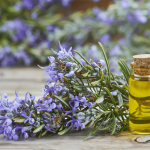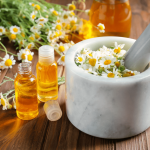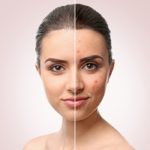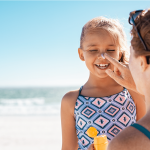A baby’s first few months can be marked by numerous skin conditions. The most common of these are cradle cap, diaper rash, toxic erythema, milia, and infantile acne.
A few may be related to immature pores or normal hormonal changes, whereas others are caused by inflammation and, in rare cases, through infections.
You can pamper the skin of your baby by using baby skincare products.
1. Baby rash cream for rashes
As newborns’ rashes are generally considered “normal” mostly, patience is the best method of treatment. A doctor can give you some guidance about the severity of rashes. With rashes, some additional treatment might be required. Consult your pediatrician if you need guidance on baby skincare.
2. Avoid sun
Sun exposure for your baby should be limited at all costs. Even in winter, you should try to keep their skin out of the sun whenever you are outside with them.
FDA recommends that babies under six months of age do not use sunscreen. Rather, they suggest the following:
- When ultraviolet (UV) rays are strongest between 10 am and 4 pm, limit sun exposure
- Cover your baby’s arms and legs with lightweight, loose-fitting clothing
- Don’t forget to put a hat over your baby’s ears and neck
- As much as possible, keep your baby in the shade
If you are spending more than a few minutes out in the sun, make sure your baby stays hydrated by giving him breast milk or formula.
3. Baby moisturizer for dry skin
Although moisturizers soften dry skin, it is not necessary to apply a moisturizer to all babies. In the first weeks, babies may develop tiny patches of dry skin. It’s usually not necessary to moisturize further as these patches disappear on their own.
You can apply petroleum jelly-based products if your baby’s skin is extremely dry or cracked. Another alternative to using cream is to use a lotion that doesn’t contain fragrances or dyes since those can even worsen the irritant effect on your baby’s skin.
Oils from plants, such as sunflower seed oil, coconut, or olive, have been suggested as moisturizers for babies, but there is some evidence to suggest that they contribute to dry skin or eczema in children.
4. Bathing
Bathe infants according to the best practices. Taking a bath for your baby should be a regular routine. However, you need not do it every day.
Keeping their faces, hands, genitals, and other body parts clean between baths can be done with a soft washcloth and lukewarm water. The washcloths, however, may also cause more dryness and skin irritation.
5. Baby heat rash
Overheating can cause your baby to get a heat rash. The rash most commonly occurs near skin folds and areas where clothes rub against the skin. It manifests as tiny spots of red skin and is usually most visible in babies with light skin tones.
- Blocking of sweat glands results in heat rash. Sweat glands are overworked or blocked when they are exposed to humid and hot weather, oils, or other ointments.
- In order to treat your baby’s skin, it is best to avoid oil-based products and keep the skin cool. Itchy skin can be helped by taking a cold shower or using a cool washcloth.
Conclusion
The largest organ of your baby’s body is the skin, hence looking after its health is most important.
Make sure your baby’s skin stays clean, dry, and out of the sun. Also, be careful not to overuse moisturizing products, as this can aggravate skin problems.
The first year of life is a period of heightened susceptibility to several types of skin conditions for babies. Your baby’s doctor should be consulted if the rash persists along with a fever of 100°F or higher or if it does not go away within a few days.

